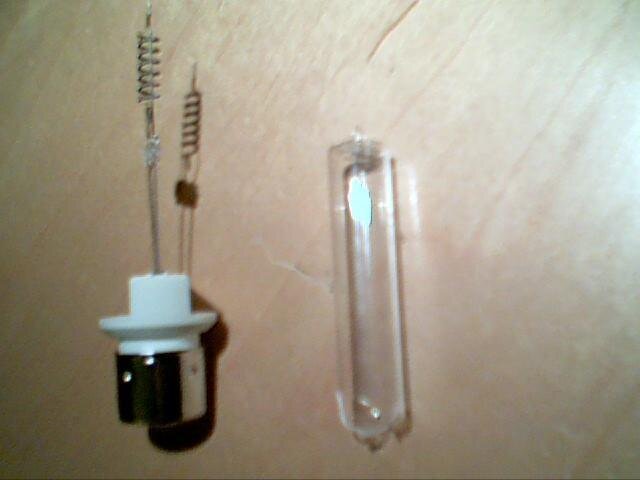letechyroyal
Member
We've got two moving spots. One of the halogen bulbs died and we went to read the other one's bulb for our order because they were already two different bulbs. Touching that one, we used our bare hands. Then we put the other one in using our bare hands. In the middle of the our dress, they both died. so we replaced them both, with our bare hands. Then during the show one of them died out because of a bad cable AND the bulb. Then our amateur minds realized... you're not supposed to touch the bulb.



